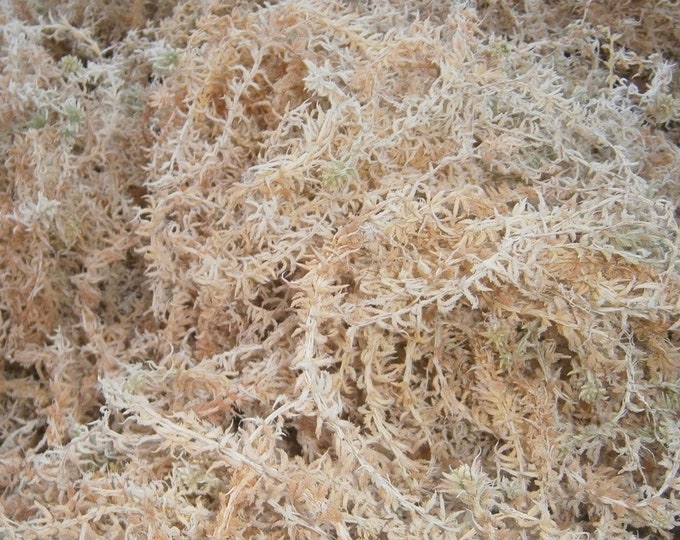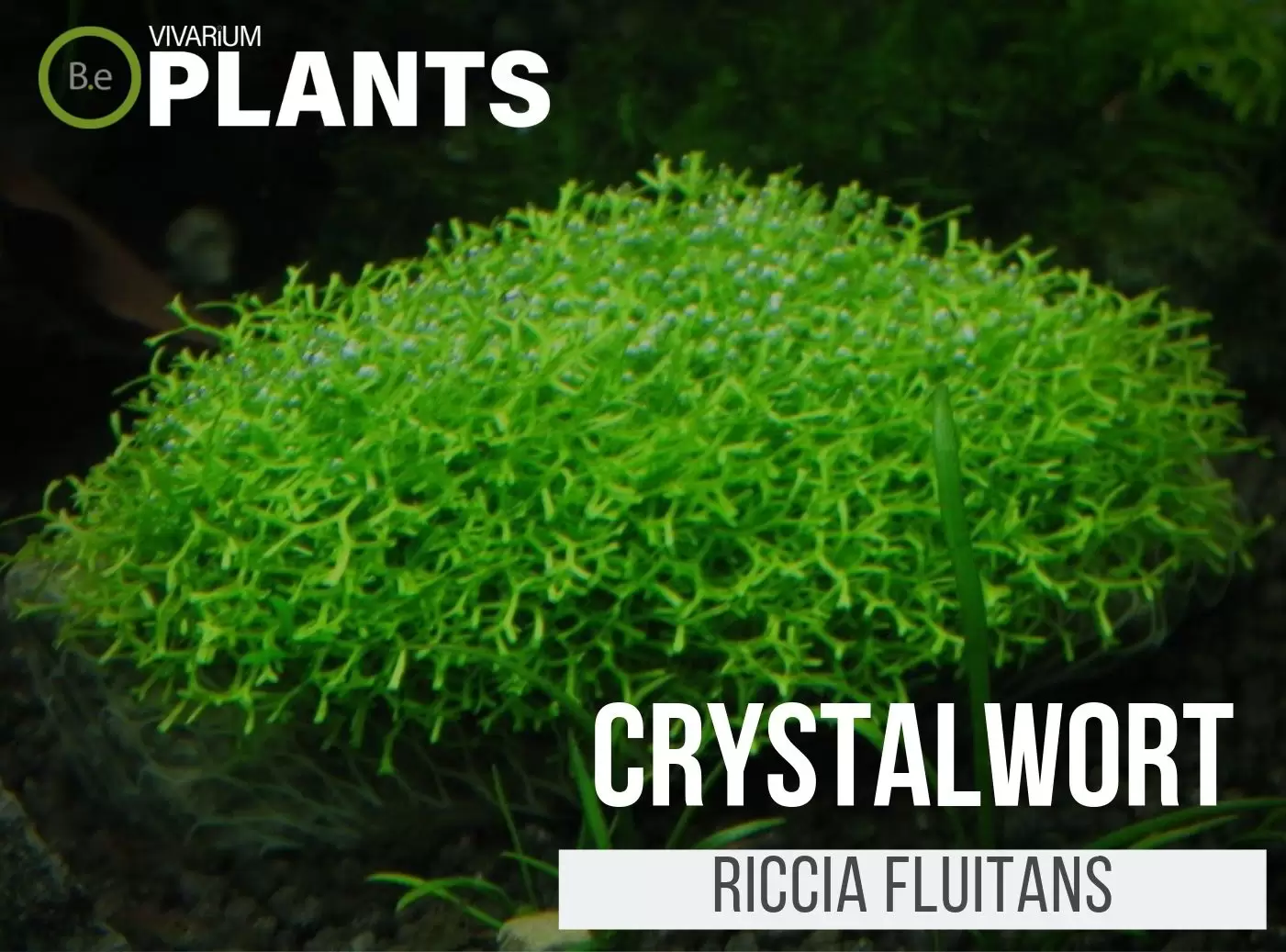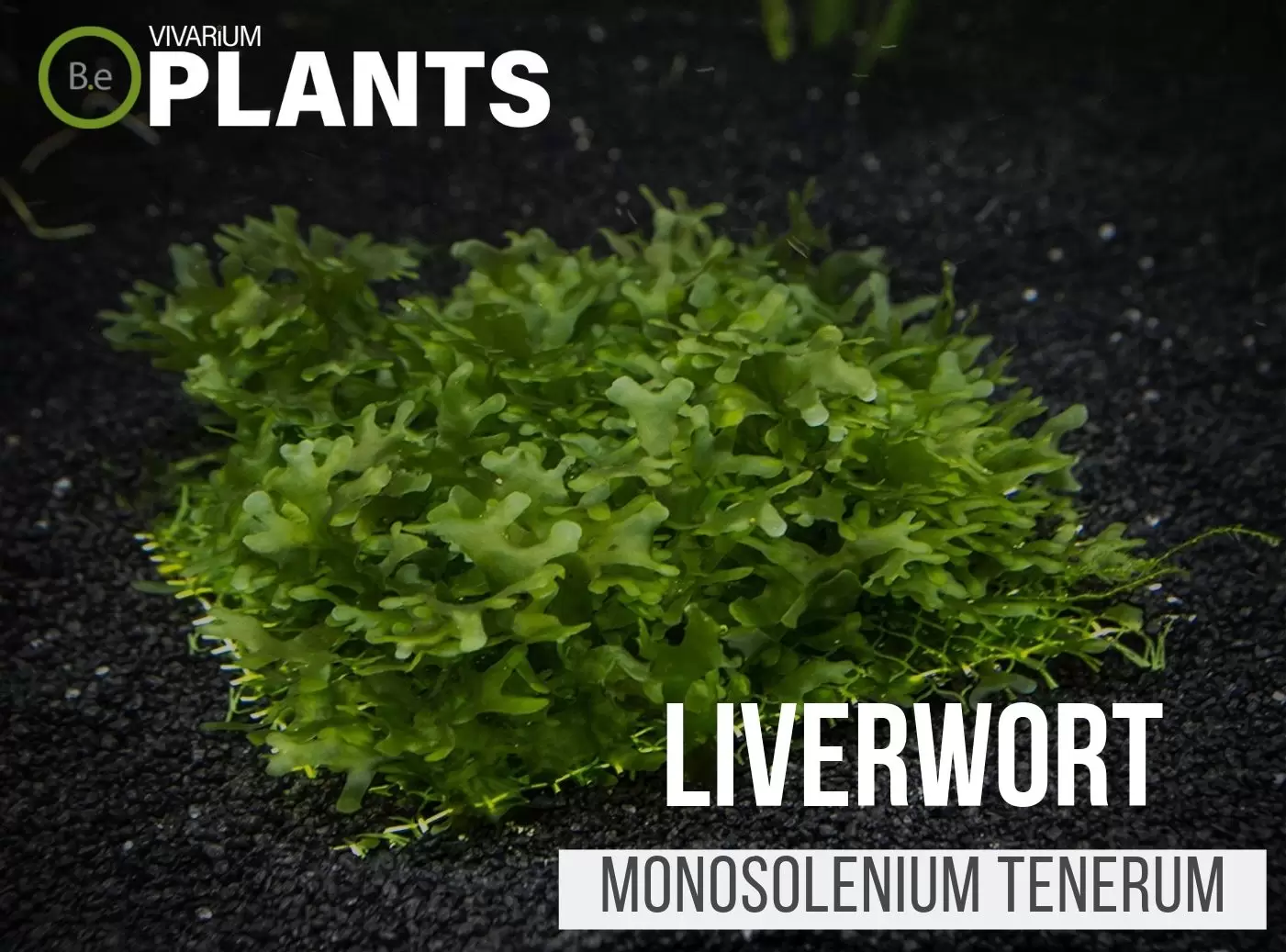Peat moss (Sphagnum moss) is a great terrarium plant to use dead or alive in an enclosure.
Depending on the species of sphagnum, it can retain water almost 20 times its own dry weight.
Peat moss is safe for pets that thrive in low-pH settings.
Today we will cover the many uses this plant can provide when used in different types of vivariums.
| Quick Stats: | |
|---|---|
| Scientific Name | Sphagnum moss |
| Common Name | Peat moss, Bog moss, Turf moss, Sphagnum moss |
| Family Name | Sphagnaceae |
| Habitat | Wetlands |
| Temperature | 28°F to 70°F |
| Height | 0.1 to 4 inches |
| pH | 6.0 to 6.5 |
| Lighting | Medium to bright |
What Is Peat Moss?
Peat moss is a decomposed state of various Sphagnum moss species.
Sphagnum moss is often referred to as peat moss because it is marketed and sold often in its decaying state.
When alive, different types of Sphagnum moss come in a variety of colors ranging from red to green.
The decaying state of peat moss is usually a light tan color.


Sphagnum moss Facts
Besides Peat moss, Sphagnum moss is also known as bog moss or turf moss because it is typically found in areas where water saturates the land.
Due to this plant’s elastic cell structure, it can hold almost 20 times its dry weight in water…
Making it an extremely effective substrate for other plants to maintain hydration.
Description
Sphagnum moss is composed of a long narrow stem with a clutch of smaller branches emerging from the main stem.
The branches have wavy, tentacle-like, leaves that are either bright green or deep red depending on the species.
Unlike many mosses, this plant doesn’t use rhizoids to absorb nutrients instead of a rooting system.
It absorbs nutrients through its cell walls when in direct contact with water.
Habitat
Sphagnum moss is native to Canada, Chile, and New Zealand. New Zealand is often recognized for having the highest quality Sphagnum moss.
This moss is commonly found in a wetland type of environment, bogged in standing water.
The average temperatures in this native habitat will range from as low as 28 degrees to as high as 70 degrees Fahrenheit.
pH Preference
Sphagnum moss tends to prefer to be on the more acidic side of potential hydrogen.
With most plants preferring a pH range of 6 to 6.5, it really won’t matter with Sphagnum moss since it will force the pH around it to fit its preference.
Sphagnum moss isn’t a strong competitor when it comes to thriving alongside other plants.
This moss will acidify its surroundings by releasing hydrogen ions in exchange for calcium and magnesium to make it harder for competitive plants to coexist.
Vivarium Type
This type of moss will do great in a variety of vivarium types.
When deciding if rather or not to use peat moss in a particular type of enclosure, Be sure to go with setups that have dry terrain areas.
Here are recommended vivariums Sphagnum moss will do well in:
- Paludariums – Half aquatic/ half terrain-based enclosure.
- Ripariums – Mostly aquatic-based enclosures with some terrain features present.
- Terrariums – Fully terrain-based enclosures with little to no aquatic features.
Vivarium Placement
When using live Sphagnum moss, this works best as a semi-aquatic plant.
Place this moss in areas where water is shallow so it can sit bogged and grow on top of itself.
This would make a nice lining separator between land and water in a paludarium.
Fully submerged will cause the moss to drown and vice-versa will cause it to dry out.
The “peat” state of this plant works well in a vivarium as well.
In a terrarium, the decaying state of sphagnum is a great substrate to put around plants that need additional moisture.
It’s also great to line soil with for inhabitants you don’t want living directly on top of the dirt.
In an aquarium, peat moss is a great water softener when used in a filter.
Substrate
Live Sphagnum moss doesn’t require a substrate layer but can do well on a number of surfaces.
Soil should be saturated in the water allowing the moss to consistently hydrate.
If placed in a terrarium where there isn’t a direct source of constant water, sphagnum will do just fine retaining water for a period of time on its own.
Just remember to mist when moss becomes noticeably dry.
Lighting
Greener sphagnum mosses don’t do too well in direct sunlight. These mosses prefer shade when in the wild.
Red or orange-colored sphagnum is a bit more tolerant of UV and can do better in partial to direct sunlight for periods of time.
When setting up lighting within the vivarium for this moss, a high level of brightness would be ideal.
The tank should not be in direct sunlight and preferably away from any type of artificial light that produces UV.
Aim for cooler color lights that mimic a cloudy day or shaded forest, Like LEDs!
Buy Sphagnum moss
When shopping for possible Sphagnum moss for sale, expect a few key indicators you are buying the best quality plant.
The moss should be snail free along with any other type of pest. The source of moss will usually be sold in small tissue cultures, ready for you to propagate.
The batch should arrive fairly moist and in fairly good shape. Click the image below to find out more about the current price and other relative info:


Sphagnum moss Care and Propagation
Sphagnum moss is neither an acrocarpous nor a pleurocarpous plant, they grow both outward as well as upward.
When propagated correctly, it will sprout small stems with spores on the tips that “pop off” and allow new offspring to grow.
How to grow
When growing Sphagnum moss, it is essential that you are working with live moss to start with.
Sphagnum in its peat form may be dehydrated beyond recovery or sterilized for the intent of only being used as a source of substrate.
Place moss in a tank that has equal parts of water and soil.
You want the water to come up to the bottom of the moss so it receives direct contact with the water.
Rainwater or water from a fish tank will have the necessary nutrients needed for the moss to thrive. Use bright artificial lighting and no direct sunlight.
Watering
The best-case watering scenario would be to mist once a day or keep shallow water high enough to reach the bottom of the moss.
A mister or fogger would work well with this type of moss. Keep sphagnum moist in a bogged environment for the best results!
Plants Similar To Peat Moss
Adding diversity to an enclosure is key to an aesthetically pleasing enclosure.
Try mixing up the look of your vivarium with different flora that can easily co-exist in the same types of environment.
Furthermore, if for some reason you find this moss hard to acquire or would like to consider something similar to this plant…
Here are some other plants you might find may do well with or in the place of Sphagnum moss:
Conclusion
My overall opinion about Sphagnum moss is that it is a great moss to have in a vivarium. It has a variety of uses in any type of setup dead or alive.
With little understanding, this terrarium moss can be very easy to care for and its benefits far outweigh its maintenance.
I would recommend limiting its usage in setups that are sensitive to low PH though.
Frequently Asked Questions
Sphagnum moss is used for several purposes, including in potting mixes and soil amendments, as a hydroponic growing medium, and for soaking up excess moisture in floral arrangements. It can also help promote the acidification of soil, providing an ideal environment for acid-loving plants.
Sphagnum mosses are typically found in the Northern Hemisphere. They inhabit peat bogs, conifer forests, and moist tundra areas, with the most northerly populations located in Svalbard, Arctic Norway at 81° N.
Yes, many plants can grow in sphagnum moss, as it is an excellent medium for growing plants. Sphagnum moss is full of organic matter, retains moisture well, and is free from pollutants. While some plants may require additional nutrients, such as fertilizers or soil amendment, many can be grown simply in sphagnum moss. Some mosses, ferns, and tropical plants often do well when grown in sphagnum moss.
Yes, you can put sphagnum moss on top of soil. Sphagnum moss is a type of peat moss that can be used as a soil amendment or as a planting medium. Adding sphagnum moss to soil helps improve soil aeration and drainage and is beneficial for plants. It also helps retain moisture and can prevent soil erosion.
Sphagnum moss should be watered daily to keep it evenly moist. If it starts to look dry, it should be soaked in water and lightly squeezed out before being used.
To keep sphagnum moss alive, it is important to provide adequate airflow, indirect sunlight or fluorescent lighting, occasional watering, and occasional misting for humidity. Check the moss for signs of drying out and water when necessary, but make sure not to overwater. To maintain the health of sphagnum moss, ensure temperatures are between 28°F – 70°F.
Yes, dried sphagnum moss can be rehydrated and will come back to life. When the sphagnum moss is rehydrated, it will begin to grow again and can be used in a variety of different ways. It will need to be kept in a moist environment, such as a terrarium, in order to keep it alive long-term.
Peat moss is basically dried out or dead sphagnum moss. Sphagnum moss is a type of living moss that is composed of dead and living mosses, whereas peat moss is composed of partially decomposed plant material. Both sphagnum moss and peat moss are beneficial for plant growth, but each has its own unique qualities. Sphagnum moss is commonly used as a soil conditioner and is a great medium for plants while peat moss is commonly used as a soil amendment to help retain moisture and improve soil fertility.




Comments are closed.